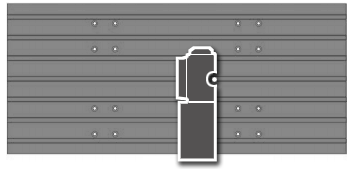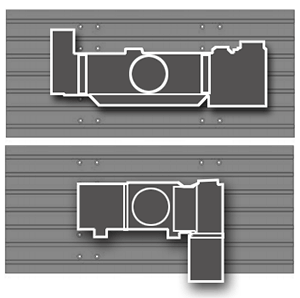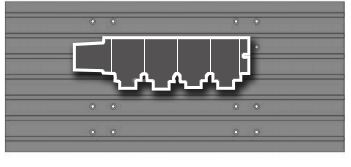Buying your first CNC machine
HOW-TO GUIDE: BUYING YOUR FIRST CNC MACHINE
Important things you need to consider
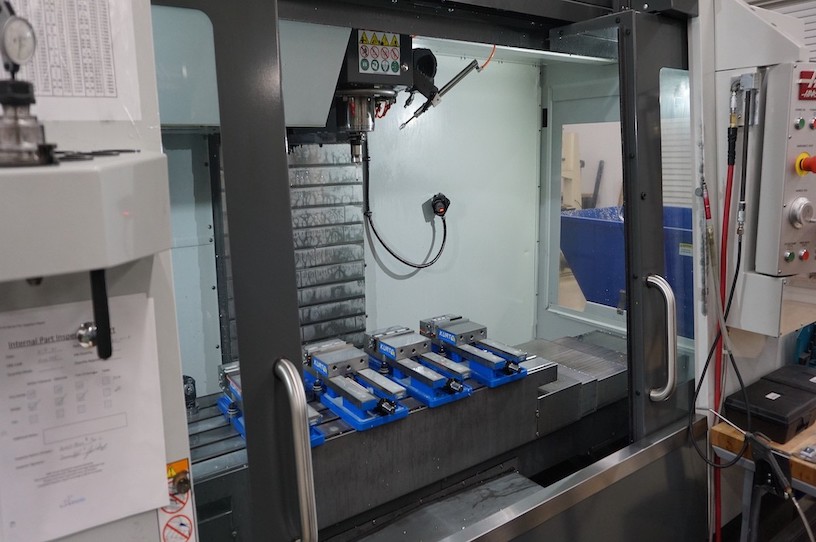
Things to think about on your Machine
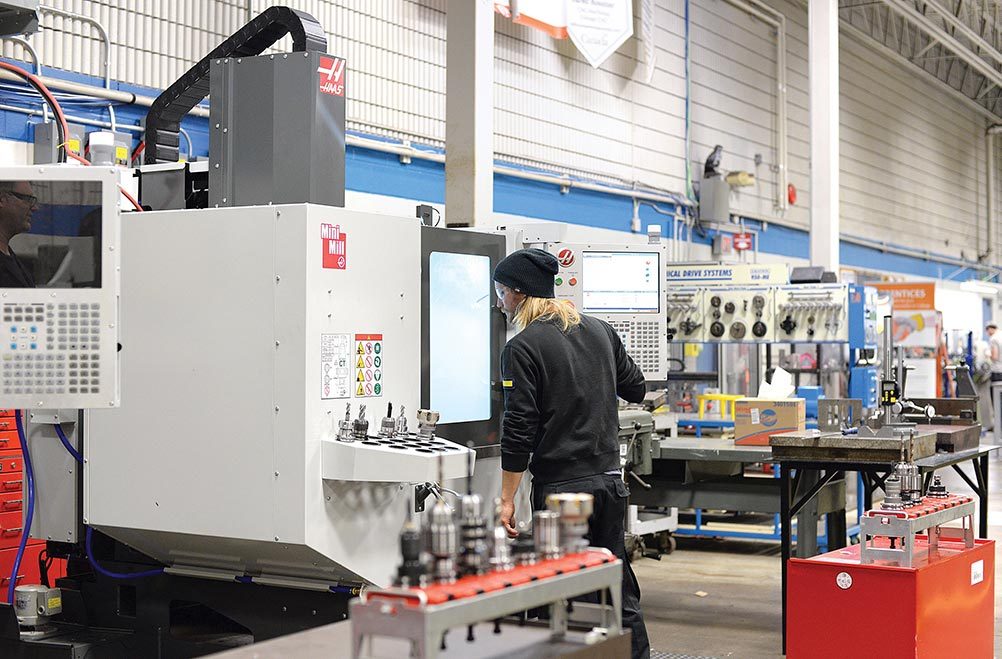
In your workshop
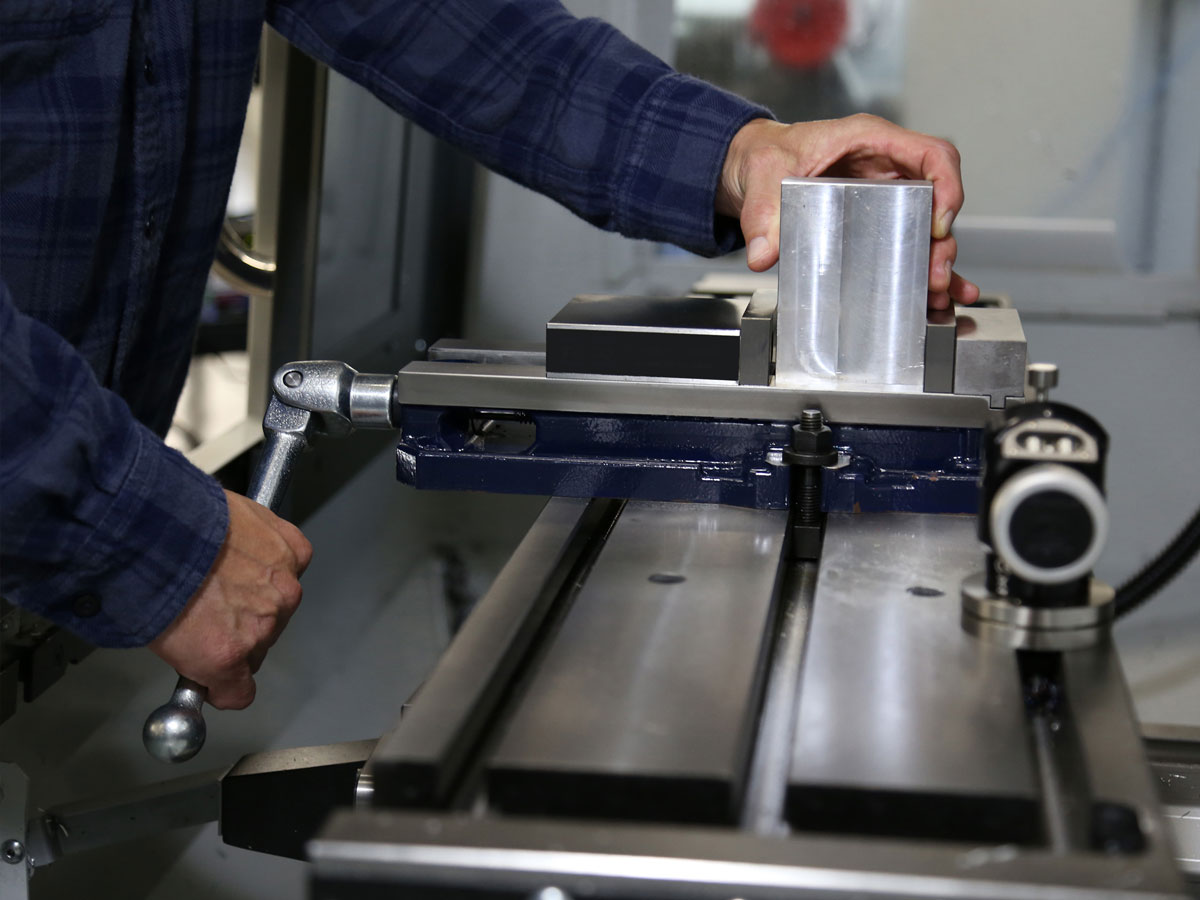
Tooling/workholding
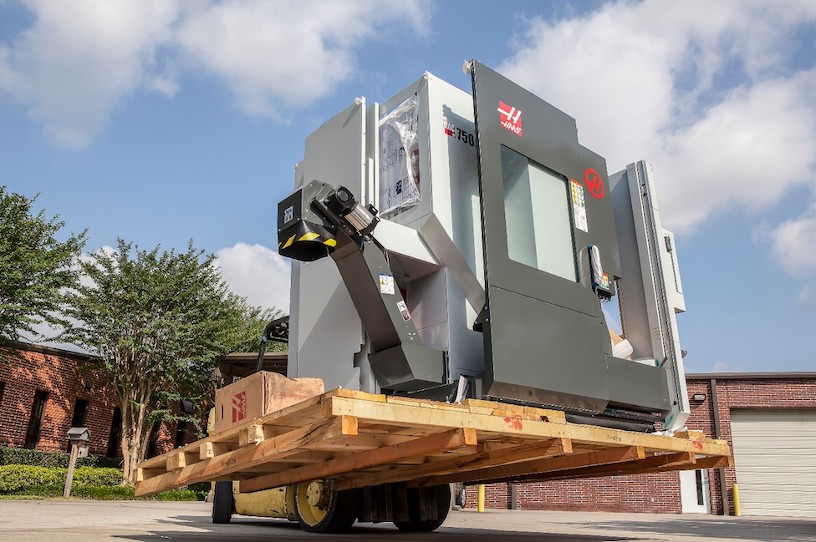
When you're expecting...
Things to think about... On your machine
BUYING YOUR FIRST CNC MACHINE

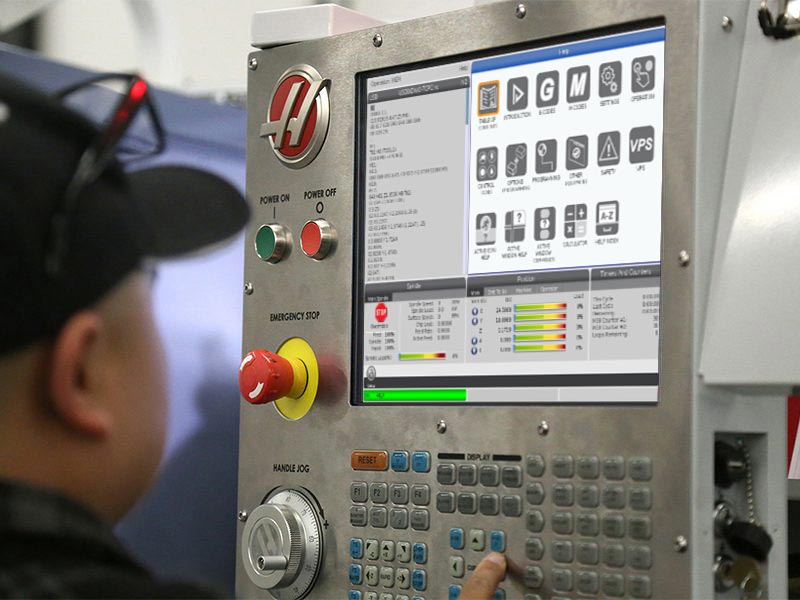
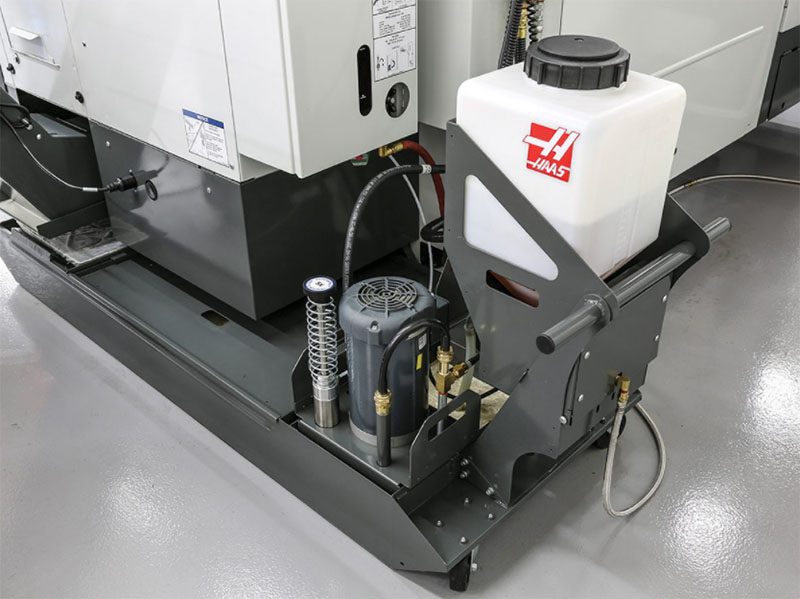
Things to think about... In your workshop
BUYING YOUR FIRST CNC MACHINE
SPACE: Machine tools are big and heavy, and once in place, they aren’t easy to move around. A Machine Layout Drawing is available for all Haas machines, which includes all of the necessary exterior and interior dimensions of the machine. Use this to help lay out your shop and decide machine placement. The general rule of thumb is to make sure you have about a metre of space behind the machine, and at least 1.25 m of space on all other sides.
The space behind the machine is critical, so that the electrical cabinet can be opened fully. This is also the location for the incoming power. Your electrician will need to know this location to properly run the electrical supply to the machine. The location of the chip discharge will vary by machine. You definitely want to take this into consideration for machine placement.
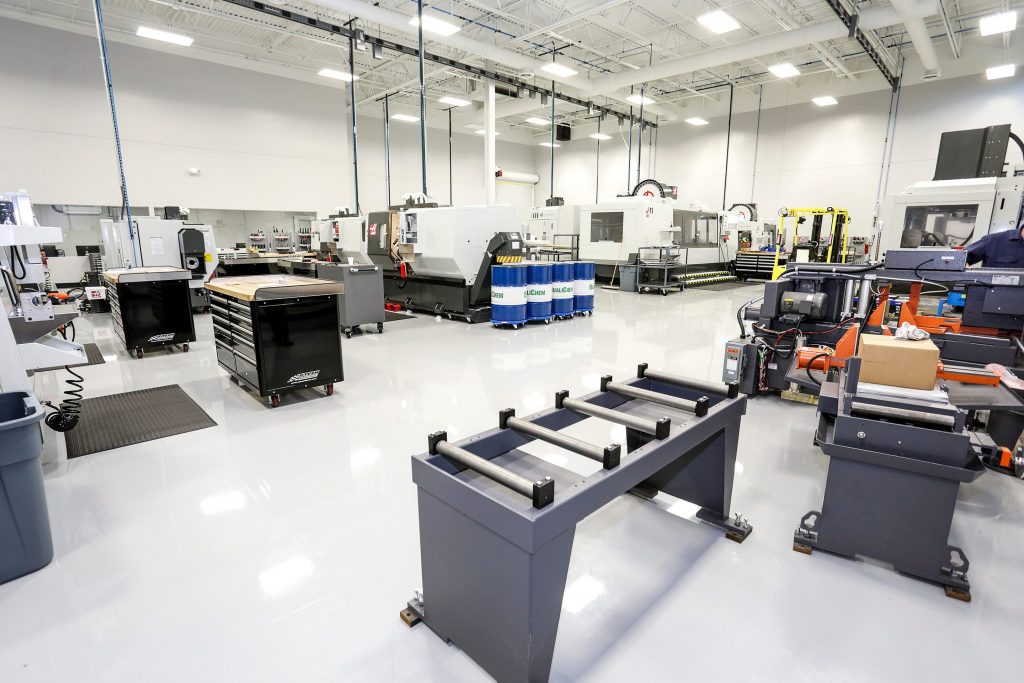

If at all possible, the machine should be positioned on a single uninterrupted piece of concrete.

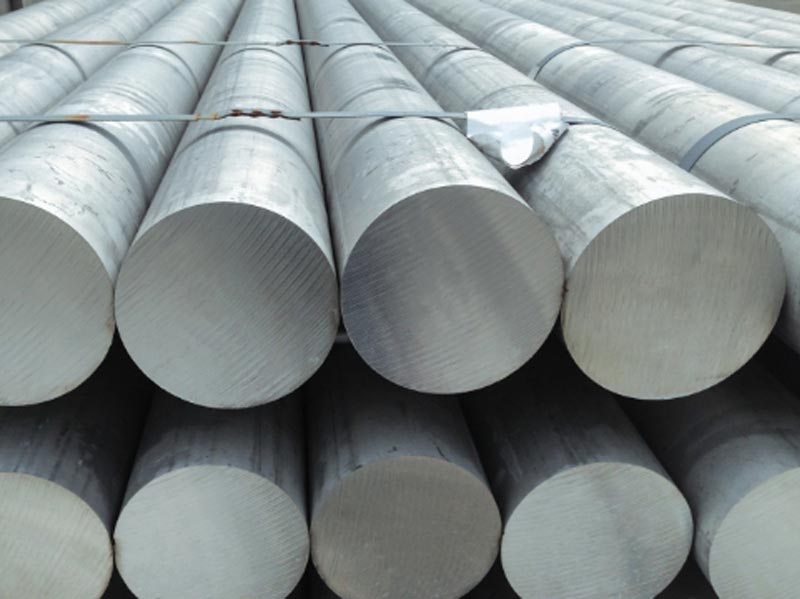

Things to think about... Tooling and Workholding
BUYING YOUR FIRST CNC MACHINE

WORKHOLDING: As with raw material, workholding will vary a great deal, depending on the parts you are machining. For a vertical machining centre, you should at least have a 150mm fixed-jaw vice, a few sets of soft jaws, a toe clamp kit, and some basic hand tools.
As your collection grows, you will want to consider different sized vices, and maybe even dual-station vices. For lathes, a collet chuck may be in order, if you find yourself consistently doing bar work.
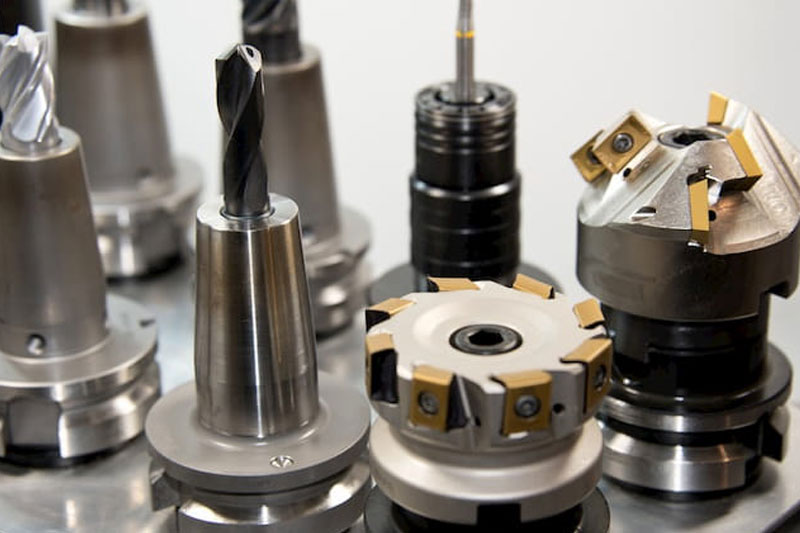
CUTTING TOOLS: Cutting tools also vary wildly, based on the work you are doing. For a mill and a lathe, a good selection of cobalt drills is a requirement. A set of taps will be needed, as well, as most parts typically have threaded features.
For mills: a selection of end mills is generally needed; make sure to have a set for cutting steel and a set for cutting aluminium. For lathes: some OD turning tools, part-off tools, and a boring bar are a good starter selection.

TOOLHOLDING: Again, this will vary, but here are the basic toolholders to consider for a mill: assorted side lock holders, and ER32 collet chucks and a collet set. A full suite of toolholders would include multiple ER16, ER25, and ER32 collet chucks, along with the corresponding collet sets. Most collet sets come with the necessary wrenches. Pull studs will also be required. A tool-tightening fixture is included on most Haas mills, but a good bench-mounted version is also handy to have. Haas lathes come with a basic set of toolholders.

MEASURING TOOLS: For measuring parts, you will want a good 0-150mm caliper, a steel machinist’s scale, and a set of micrometers. A good magnetic base with a dial test indicator is useful for setting up machines. And an edge finder is a necessity for a mill, unless you add Wireless Probing (WIPS) to your mill.
Things to think about... When you're expecting
BUYING YOUR FIRST CNC MACHINE
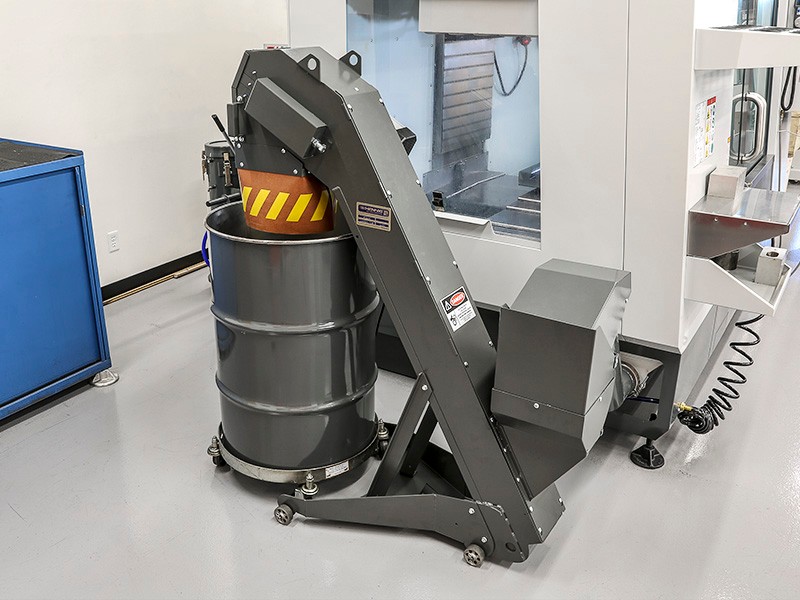
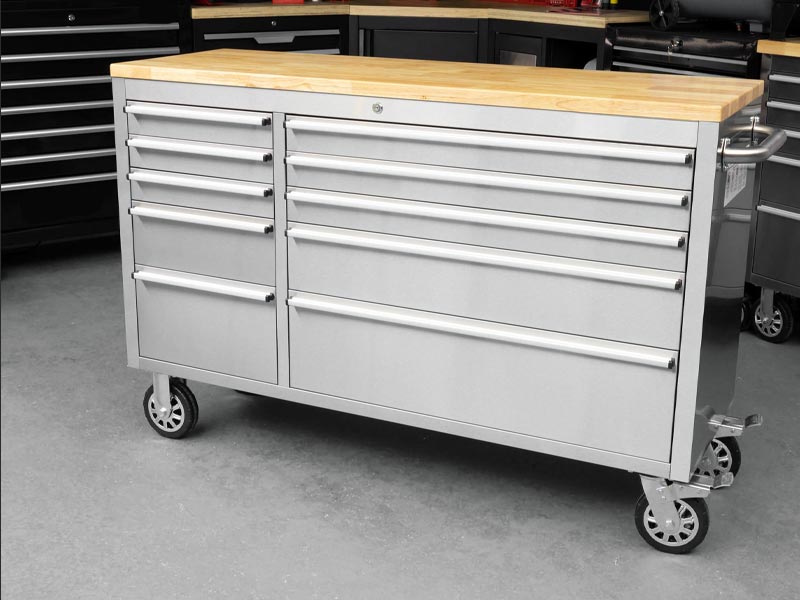

TRAINING: Talk to us if you need training. We typically provide basic onsite training at machine installation. We can give more advanced training either onsite, or at one of our facilities. Our Haas Tip Of The Day YouTube channel is another great resource.
Follow us on Instagram to see what Haas users around the world are making on their machines.

HAAS TIP OF THE DAY VIDEOS
Our Tip of the Day videos will appeal to both new and expert Haas CNC users.
Hit the "Load More..." button to see more from the series.
Where Do My Probe Offsets Come From? Probing Offset Theory - Haas Automation Tip of the Day
The Essential Macro Video - Intro to CNC Macros and Subprograms - Haas Tip of the Day
Macros Are More Than IF Statements . . . They Are Lie Detectors! - Haas Tip of the Day
The Perfect Drilling Canned Cycle with M98 & G66 - Haas Tip of the Day
Watch Before You Switch!!! The Inch to Metric, Setting 9 Guide - Haas Tip of the Day
How Reamers Work - Haas Automation Tip of the Day
Load and Unload Your Tool Changer Easily Using Setting 420 - Haas Automation Tip of the Day
Don't Lose Your Probe Offset! - Haas Automation Tip of the Day
Use Macros to Speed Up Setting Tool Offsets - Haas Automation Tip of the Day
ER Collet Essentials PART TWO - Why We Use, and Don't Use, Certain Collets - Haas Tip of the Day
Control Your Chips! Chip Splitters and Roughing End Mills - Haas Automation Tip of the Day
Bending Light with Refractometers. Haas Automation Tip of the Day.
Tools of the Trade - Haas Automation Tip of the Day
Use G14 to Program Your Lathe Sub-Spindle The Easy Way - Haas Tip of the Day
TSC = Peace of Mind - Mark Talks Through-Spindle Coolant - Haas Tip of the Day
Set Max Speed On Any Tool Right From Your Haas Control - Haas Tip of the Day
DO YOU NEED FUNDING?
TALK TO OUR DEDICATED TEAM
Haas Financial Services can find you the most competitive rates from our extensive portfolio of funders.
CALL SIMON OR TIM ON 01603 227838



